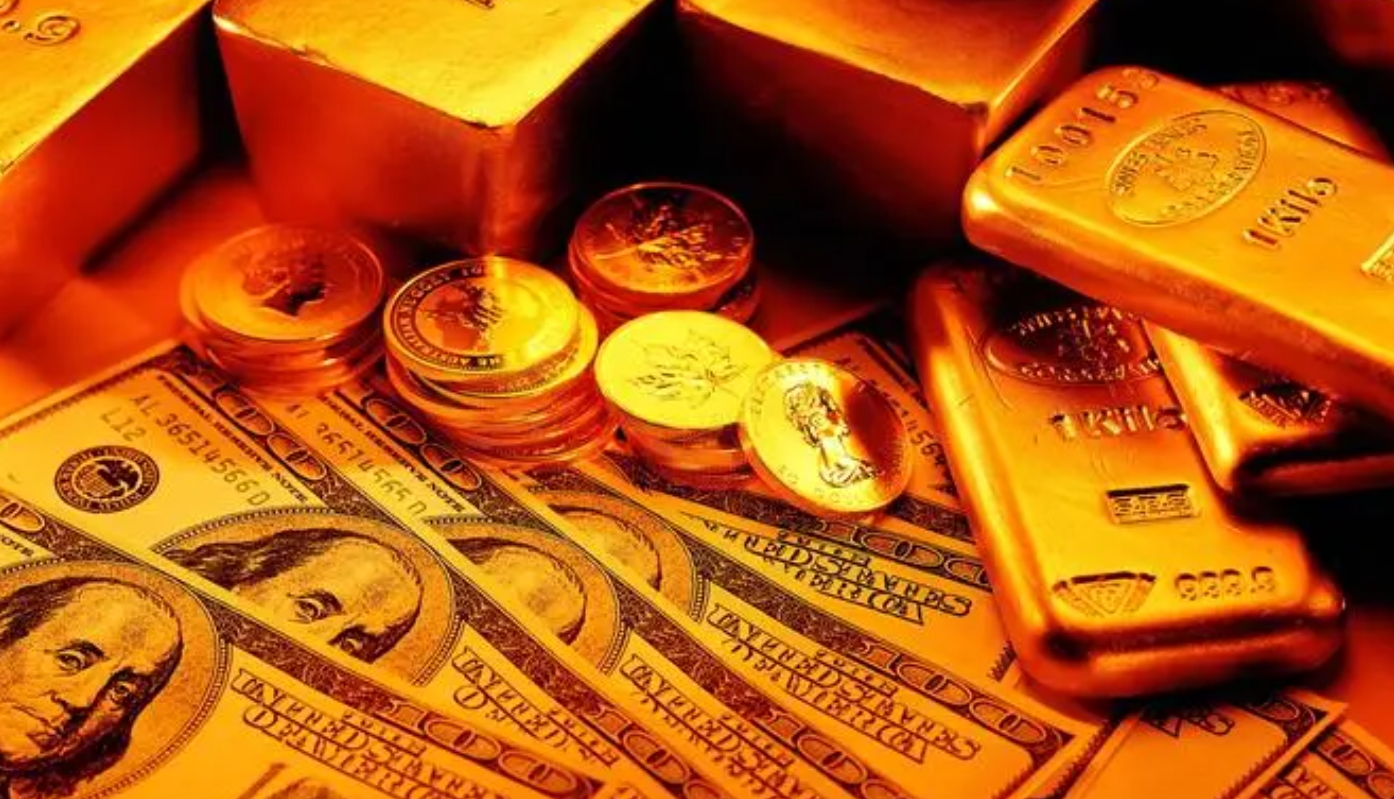World Gold Council: Central banks' interest rate cuts will be the biggest driving force behind the surge in gold prices
On Wednesday (July 17th), Joe Cavatoni, Chief Market Strategist for North America at the World Gold Council (WGC), stated that global gold ETFs are beginning to address geopolitical risks, but the biggest driving force for gold prices will be interest rate cuts by central banks around the world.

Cavatoni stated in a recent interview with ChinaAMC that as gold prices break through again, the World Gold Council is closely monitoring global ETF flows, but the real driving force behind the gold bull market will be the Federal Reserve starting to cut interest rates.
We have felt the idea from the Federal Reserve that a rate cut may be imminent, "he said. This will become the catalyst we mentioned in our mid year outlook, which may bring Western investors back to the market
Cavatoni said that the World Gold Council is very concerned about the demand in Asia, especially China, because the purchases of central banks in Asian countries and the interest of investors have always been important factors supporting gold prices. With the activities of the central bank and the rise of Eastern investors, everyone's attention is focused on Asia to see if this bottom line will continue to be maintained, "he said. This has indeed supported our gold price, supported us, and maintained this bottom line
Will Western investors come back? Will Eastern investors stay? This is a big question, "he added. We are closely monitoring and there are still many issues that need to be addressed
Cavatoni also conducted in-depth research on the latest gold market demand data in China, which shows that wholesale demand continues to be weak, but ETF purchase volume has not weakened.
This is an interesting viewpoint worth emphasizing, "he said. Please remember that jewelry is an important component of gold consumption and a source of consumption and demand for India and China. At the beginning of this year, gold prices remained stable, which surprised us. As prices rose, consumer confidence (especially in China) began to be questioned, and the question is whether jewelry can maintain demand levels. In China, this needs to be offset by our growing concerns about investment prospects. This is a bright spot, but can it accelerate its pace and fill the gap that may be caused by a slowdown in jewelry sales
Cavatoni also stated that the People's Bank of China (PBoC) has stopped purchasing gold for the second consecutive month, which is expected after a year and a half of continuous purchases. I don't think it's surprising, "he said. We have seen that in the past, when the gold price was particularly high, this pattern appeared in gold purchases at the level of the People's Bank of China and the People's Bank of China. But I think it is important that the People's Bank of China has always been the largest consumer at the central bank level. Currently, about 5% of their reserves are gold, and I think the slowdown in purchases is not surprising
He said that the World Gold Council is closely monitoring the situation to see if the People's Bank of China will affect sovereign purchases by other countries. Will other central banks follow suit? "He asked. Our annual survey shows that most of the reasons that drive central banks to purchase are the fundamentals of their domestic economic situation, rather than geopolitical risks or concerns about sanctions. This is actually the risk they face domestically
Cavatoni stated that there are many important data points worth paying attention to in China this week. They may issue major policy statements, "he said. People are concerned about the strength of the renminbi, the defense of the renminbi, and domestic interest rates. Local governments are heavily indebted. People are worried that high interest rates will continue to drag down consumer spending. Will these debt levels and all these factors put greater pressure on the People's Bank of China? Will their energy shift to other areas, especially the defense of the renminbi.
Cavatoni added that although the People's Bank of China may slow down its purchasing pace, which could put some downward pressure on gold prices in the short term, the World Gold Council does not believe that the People's Bank of China or any central bank will truly start selling its reserves, even at historical highs.
We do not believe that central banks around the world will reduce or sell their gold positions, "he said. On the contrary, central banks around the world will continue to evaluate and cautiously increase their reserve investment portfolios. This is a trend in emerging markets and is likely to continue
Finally, he shared his views on the potential impact of geopolitical tensions, which he believes are the driving force behind the gold price trend, second only to interest rate cuts.
We often discuss what will prompt Western investors to reinvest in gold, "Cavatoni said. I think geopolitical tensions may fluctuate. I think the key now is the Federal Reserve's monetary policy. In Europe, the European Central Bank has cut interest rates, and there is political uncertainty in some elections. The question of how Europe will continue to support Ukraine's efforts has always existed. All of these factors have led to about $2 billion in European ETFs inflows in the past two months
This is a bit like a signal, "he said. When US interest rates start to change, it will become a catalyst for an increase in gold prices and allocation.
Tips:This page came from Internet, which is not standing for FXCUE opinions of this website.
Statement:Contact us if the content violates the law or your rights
